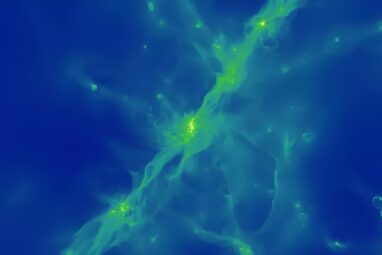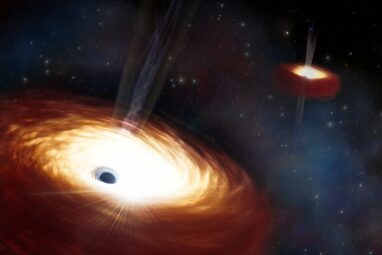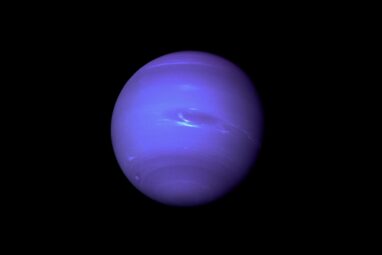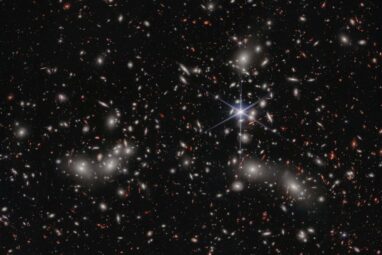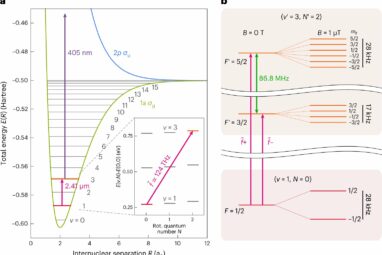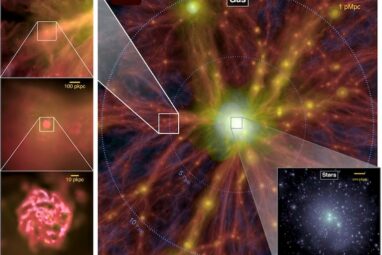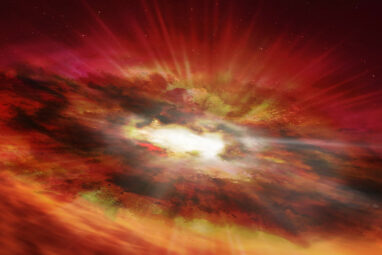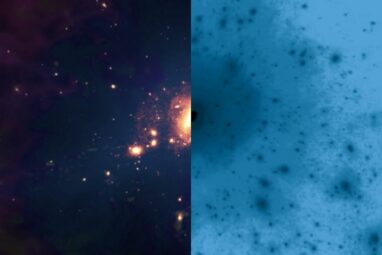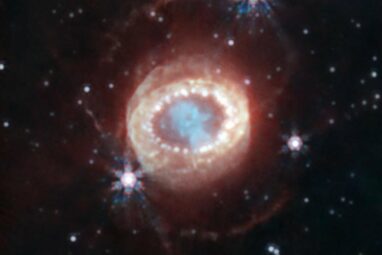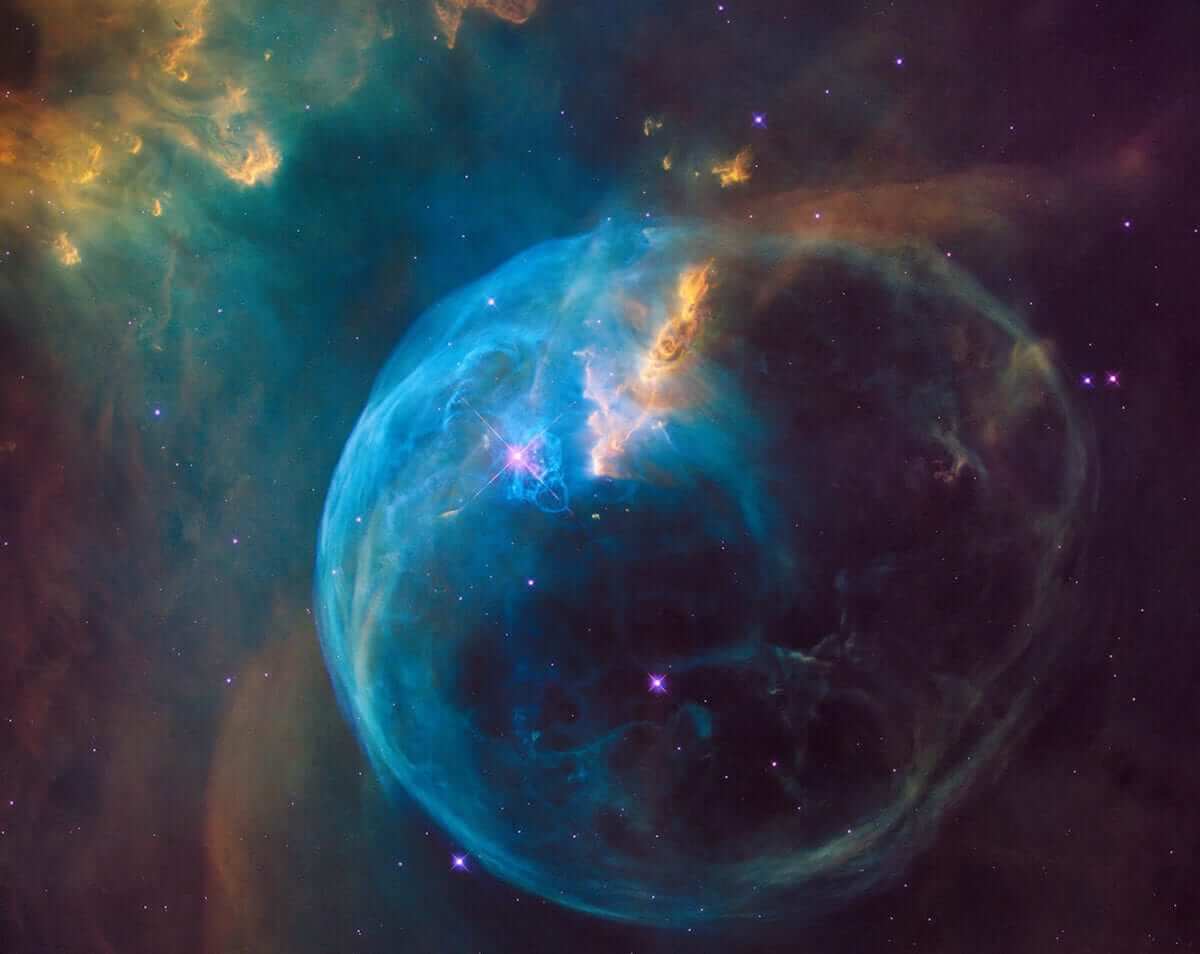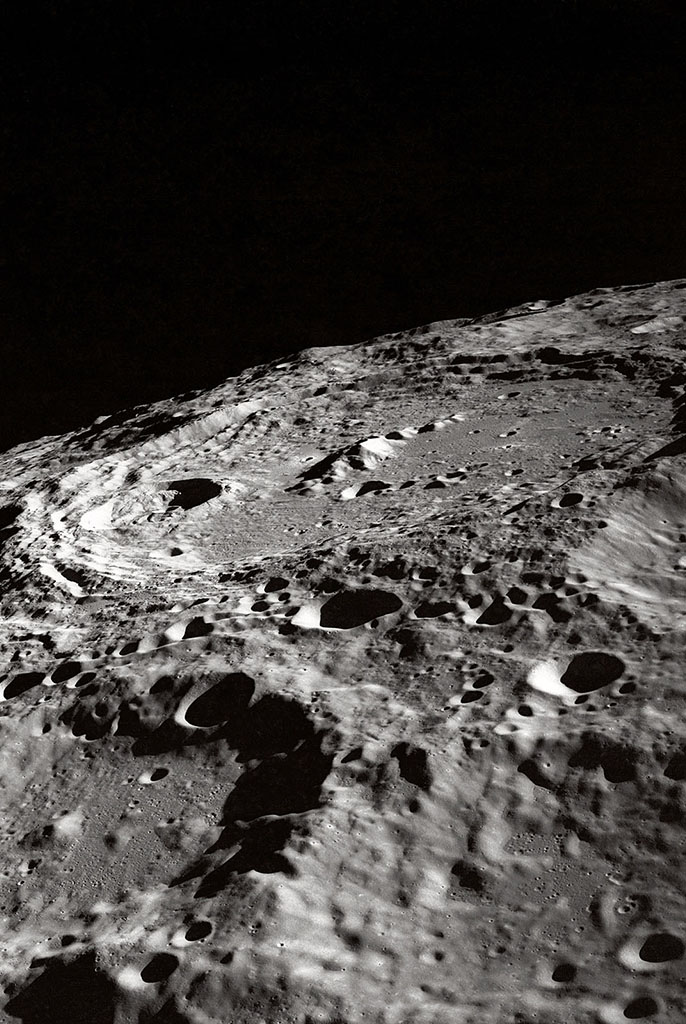When a star like our sun reaches the end of its life, it can ingest the surrounding planets and asteroids...
The building blocks of new planets could form more easily than previously thought, according to calculations by a team led...
Astronomers can use supercomputers to simulate the formation of galaxies from the Big Bang 13.8 billion years ago to the...
When analyzing a set of data, one of the first steps many people take is to compute an average. You...
Using archival data from the Gemini North telescope, a team of astronomers has measured the heaviest pair of supermassive black...
Researchers have found water vapor in the disk around a young star exactly where planets may be forming. Water is...
Using the unprecedented capabilities of the NASA/ESA/CSA James Webb Space Telescope, an international team of scientists has obtained the first...
The simplest possible molecule H2+ was one of the very first molecules to form in the cosmos. This makes it...
A common belief among astronomers is that galaxy groups and clusters differ mainly in the number of galaxies they contain—there...
Analyzing images from the James Webb Space Telescope (JWST), a group of astronomers led by Dr. Lukas Furtak and Prof....
Dark matter comprises around 85% of all the matter in the universe. Although ordinary matter absorbs, reflects and emits light,...
An international team of astronomers including UCL’s (University College London’s) Professor Mike Barlow has discovered the first conclusive evidence that...


